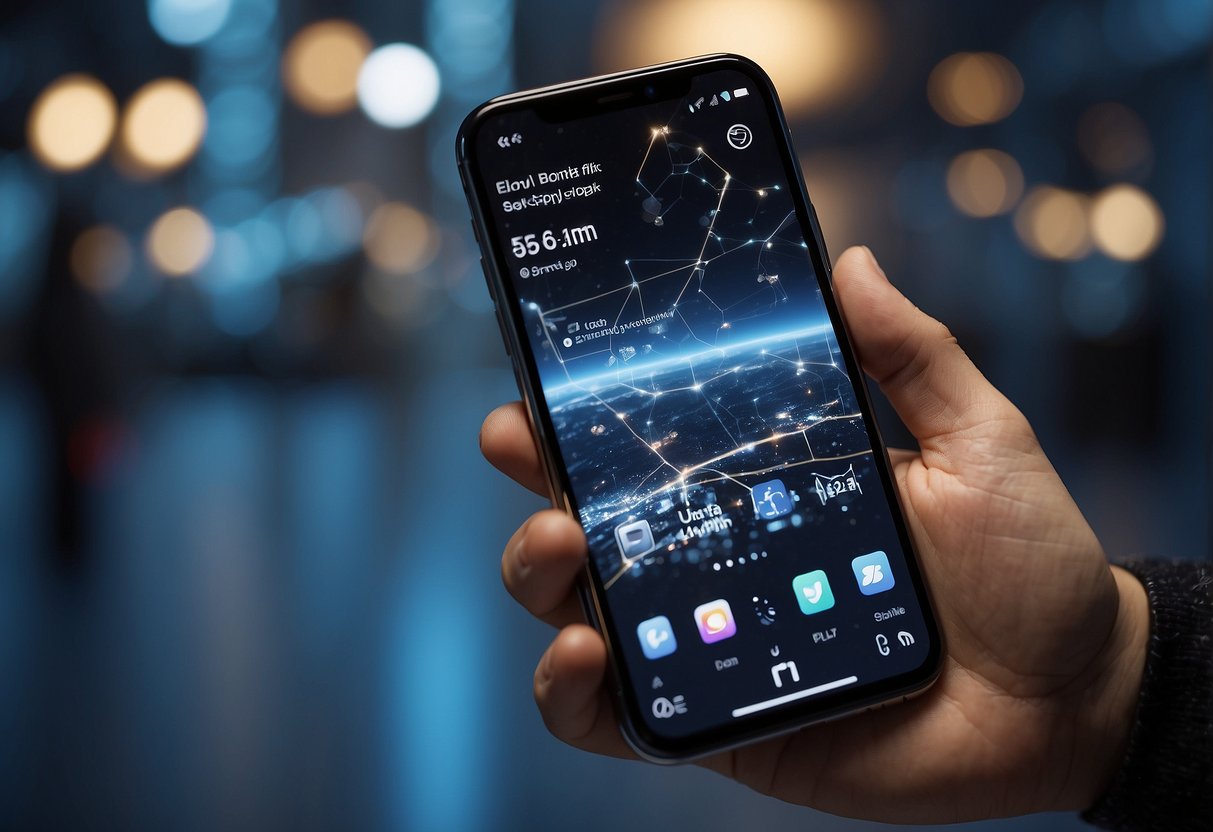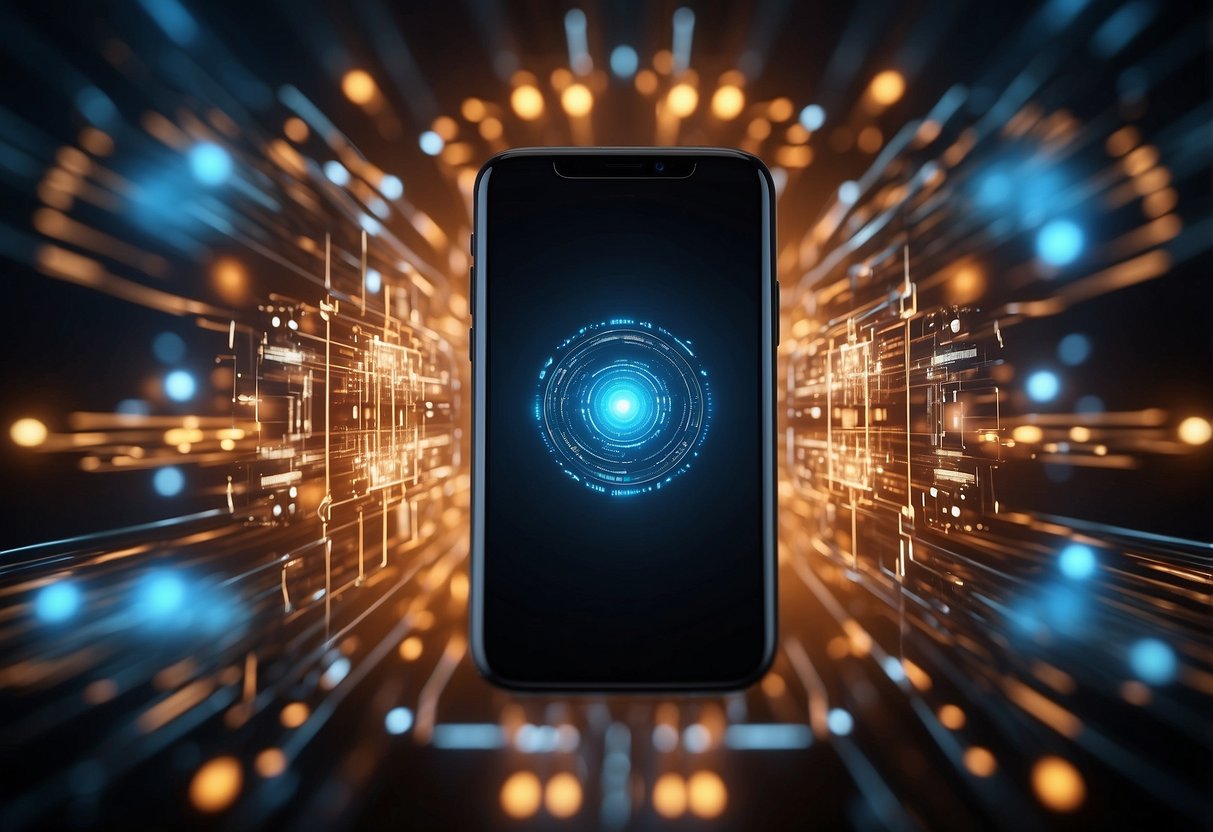
Millimeter Waves and their Role
Millimeter waves, those radio waves in the 24 GHz to 100 GHz range, play a crucial role in 5G networks. They allow for faster data transfer and support high-speed internet in densely populated areas. Although millimeter waves can carry massive amounts of data, they have limited range and are more prone to physical obstructions like buildings and trees. This necessitates the deployment of many small cells and advanced antenna technologies to maintain consistent coverage.
Radio Access Technology in 5G
The radio access technology used in 5G, known as 5G New Radio (5G NR), brings significant advancements over its predecessors. By leveraging techniques such as Massive MIMO (Multiple Input Multiple Output), beamforming, and network slicing, 5G NR improves spectrum efficiency and capacity. These technologies help maximize the use of available spectrum, allowing the network to handle more simultaneous connections, reducing latency, and enhancing overall connection reliability.
Improvements in Speed and Latency
5G technology brings significant enhancements in speed and latency, transforming how users experience and interact with mobile networks. These improvements are evident in various aspects, such as enhanced mobile broadband and the substantial reduction in latency.
Enhanced Mobile Broadband (EMBB)
Enhanced Mobile Broadband (EMBB) is a cornerstone of 5G technology, offering higher data rates and better throughput. Users experience speeds that are several times faster than those provided by 4G networks. This boosts the user data rate, allowing for seamless streaming, quick downloads, and smooth online gaming. Such advancements enable high-definition video calls and augmented/virtual reality applications without noticeable lag.
The EMBB aspect of 5G accommodates more users simultaneously due to improved spectral efficiency. This efficiency translates to fewer bottlenecks even in densely populated areas. Bandwidth increases make it possible to handle multiple high-speed connections, enhancing overall network performance.
Lower Latency and Its Implications
Lower latency is one of the defining features of 5G. It reduces the time taken for data to travel between two points to just milliseconds. This minimal delay is crucial for applications requiring real-time communication, such as autonomous vehicles and remote surgeries. The reduced latency ensures more responsive interactions and timely data processing.
Latency improvements also benefit online gaming, where rapid response times are critical. Remote working and cloud-based services are optimized, providing a smoother and more efficient user experience. This low latency is pivotal for emerging technologies relying on instantaneous data transmission and reception.
5G and Its Impact on Devices

5G technology is transforming mobile devices by enabling faster download speeds, improved connectivity, and new features. These advancements are particularly noticeable in the latest smartphones and hardware adaptations.
Anticipating the Next Wave of Smartphones
5G smartphones from leading brands like Apple and Samsung bring significant upgrades. Enhanced download speeds reduce latency, enabling seamless video streaming and real-time gaming. Devices such as the iPhone and Samsung Galaxy series are integrating advanced cameras and augmented reality capabilities, capitalizing on 5G’s high bandwidth.
Battery life is another crucial area seeing improvements. With efficient 5G modems, these devices manage power consumption more effectively. Additionally, increased processing power supports AI-driven features, making interactions smoother and more intuitive. This next wave of smartphones is setting new standards for mobile technology.
Adapting Hardware: From Cells to Transmitters
The shift to 5G requires substantial changes in mobile hardware. Transmitters and receiver components are being upgraded to handle the new frequency bands and higher data loads. This ensures that the devices can deliver consistent and reliable performance.
For cellular networks, the density of cells must increase to provide uninterrupted coverage. Manufacturers are developing compact and efficient cells that can be easily deployed. These hardware adjustments are critical in realizing 5G’s full potential, ensuring that devices operate optimally within the new network infrastructure.